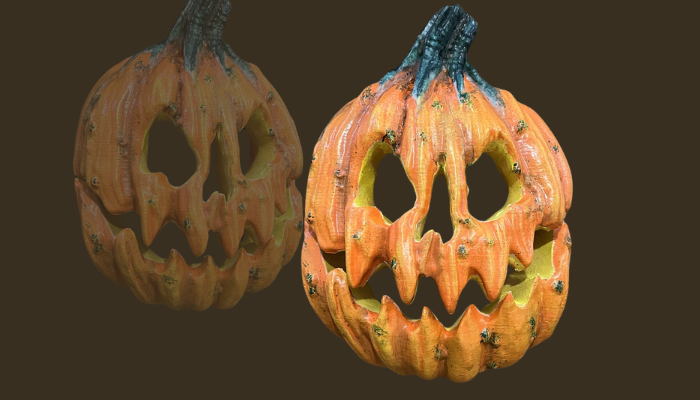
The Best 3D-Printed Masks for Halloween
As the autumn chill sets in and whispers of Halloween fill the air, the most creative holiday of the year
Dear Customers,
Our new online quoter and client portal are officially live!
From September to December, both old and new versions will run in parallel as a transition period.
✨ Special Offer:
Enjoy automatic quantity discounts — the more you order, the lower the unit price (up to 25% off for selected materials).
🌟 Already available:
⚡ Better user experience & faster server performance
🕒 More accurate delivery time estimates
📝 Simplified and faster order process
🔮 Coming soon:
🛠 Instant quote for CNC & other processes
📦 Order tracking & workflow updates
📧 New email notification system
📂 Batch upload & batch editing of models
🔍 Online DFM (Design for Manufacturability) checks
📊 Enhanced order panel with detailed statistics
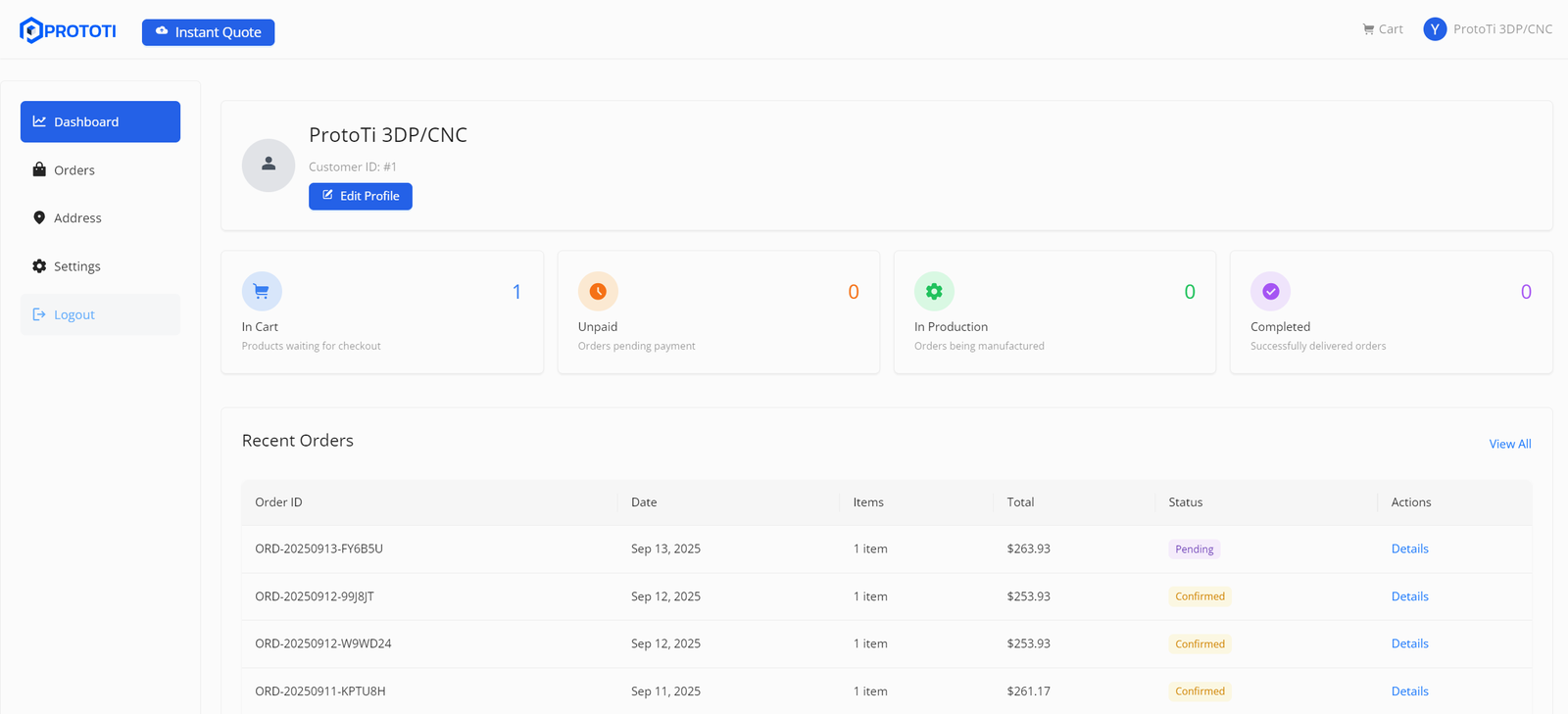
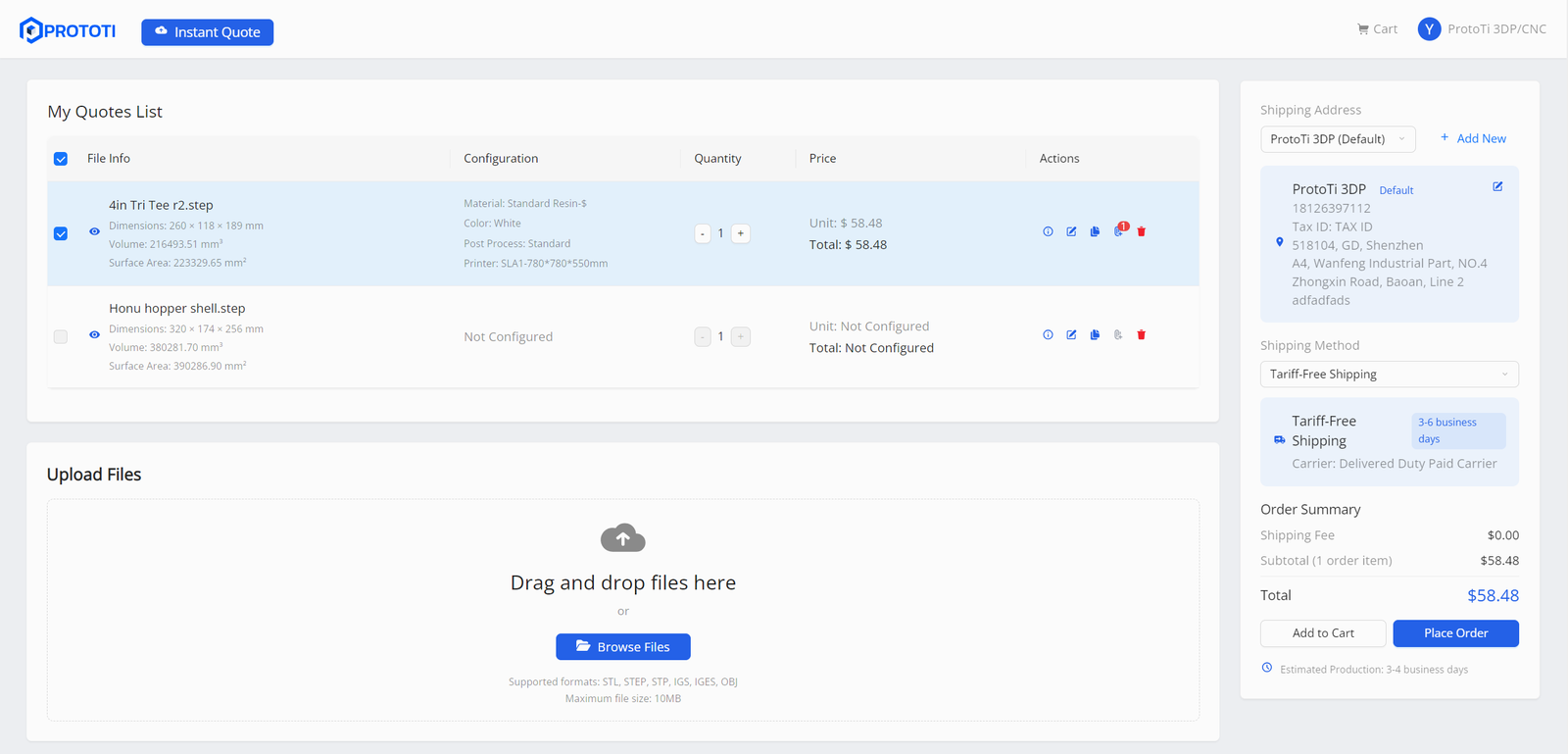
Thank you for your support — we look forward to bringing you an even smoother ordering experience!
— ProtoTi
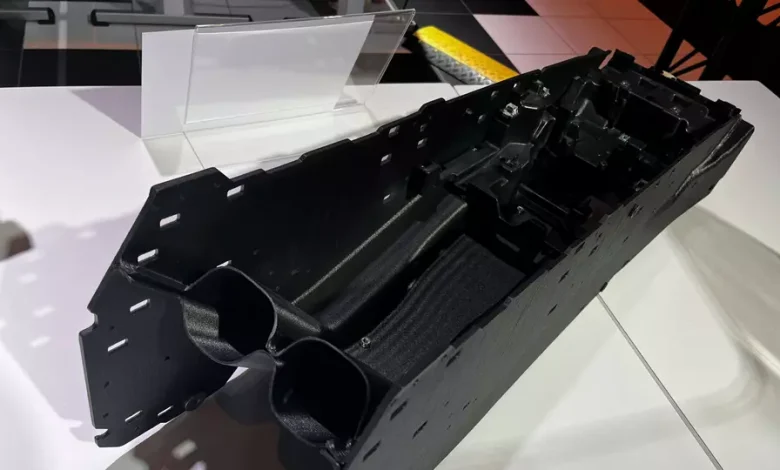
A 3D printed automotive center console carrier component received the top SPE Automotive Award, highlighting numerous innovations and a clear trend toward sustainability. With this center console carrier for a BMW small-series project, a 3D printed component, made using robotic LFAM technology from Hans Weber, received the Grand Award of the renowned SPE Automotive Award for the first time in history.
The high-strength, large, and highly integrated 3D printed component was made from recycled carbon fiber and Akromid, a polymer derived from renewable raw materials. It replaces seven conventional parts and significantly reduces the vehicle’s carbon footprint by 70 kg.
For the 22nd time, the Society of Plastics Engineers (SPE) Central Europe awarded the Automotive Award for the most innovative plastic parts in vehicle construction. For the first time, a 3D printed component scored the highest points in the extensive evaluation process: the overall winner of the 2024 Automotive Award and the Grand Award was a 3D-printed center console carrier from BMW.

The German automaker has been investing significantly for over a decade to increase the utilization of AM in its production processes (via custom tools) and to directly manufacture final parts, across many of its plants. At the “Additive Manufacturing Campus” in Oberschleißheim, the BMW Group’s central hub for production, research and training in 3D printing, more than 300,000 parts were “printed” in 2023. Furthermore, over 100,000 printed parts were produced per year across all the plants that form the global production network, from Spartanburg and the German plants to sites in Asia.
For its production, Hans Weber Maschinenfabrik used robot-based LFAM for an automotive series project for the first time. A major advantage of this process is that highly filled fiber-reinforced injection molding granulate can also be processed. A
dditionally, an intelligent component design reduced the number of parts from seven to one and integrated additional functions into the center console carrier. Not only the load-bearing structure but also integrated air channels for the rear passenger compartment’s climate control were printed in one process step. As another key highlight, the material—an Akromid from Akro-Plastic with 40% recycled carbon fiber—is based on renewable raw materials, reducing the CO2 footprint by an impressive 70 kg per component.

Share the Post:

As the autumn chill sets in and whispers of Halloween fill the air, the most creative holiday of the year
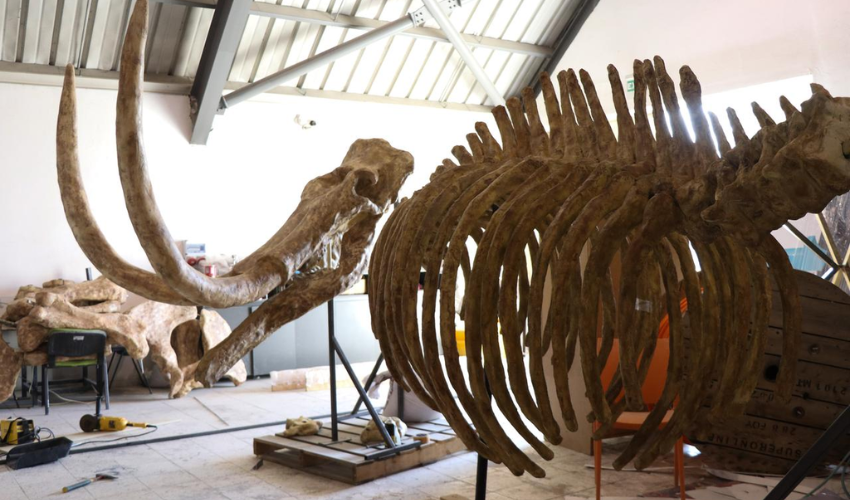
In central Türkiye’s Kayseri province, researchers are turning to 3D printing to help restore fossils that date back 7.7 million
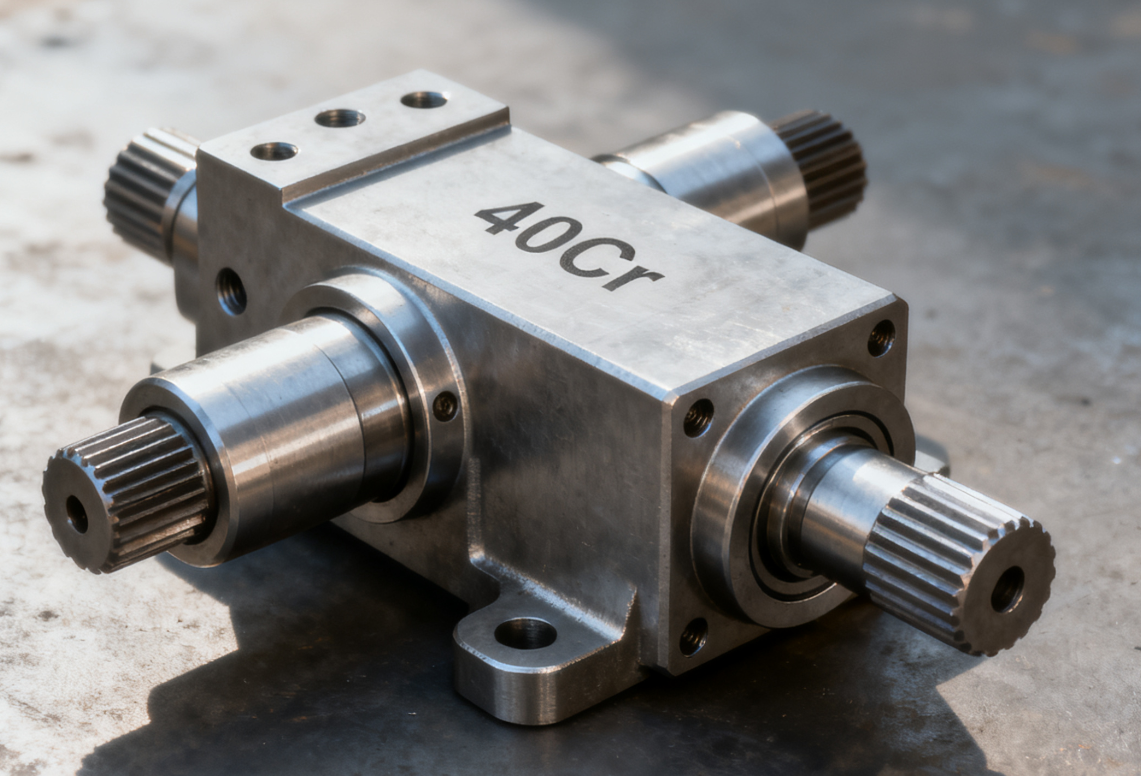
In the modern mechanical processing industry, material selection is the key to ensuring the performance, lifespan and cost control of parts. For engineering parts with medium-high strength, wear resistance, impact resistance and demanding heat treatment properties, 40Cr alloy structural steel is widely adopted due to its comprehensive excellent performance. This article will systematically introduce the chemical composition, physical and mechanical properties, heat treatment process, mechanical processing adaptability, typical applications, material selection comparison, advantages and disadvantages, as well as precautions during processing of 40Cr, to help engineers, purchasing personnel and manufacturers fully understand and correctly select this material.
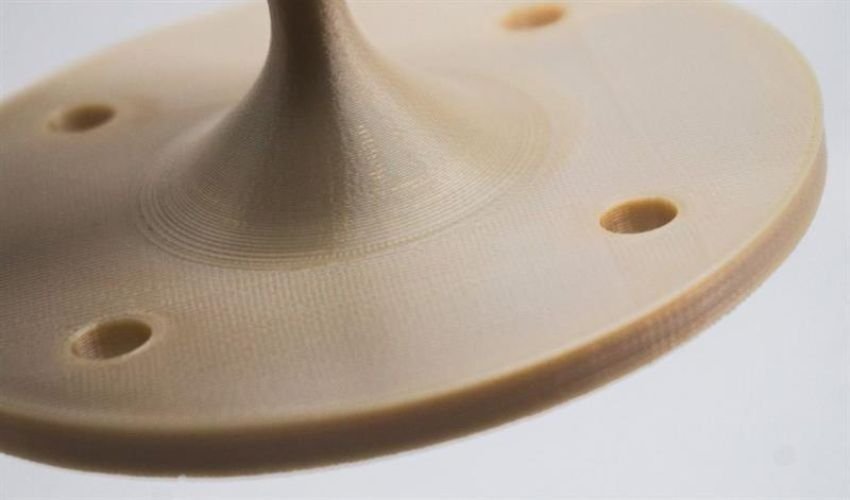
High-performance polymers (HPP) have been used in industry for several decades, particularly in injection molding and machining. However, in recent